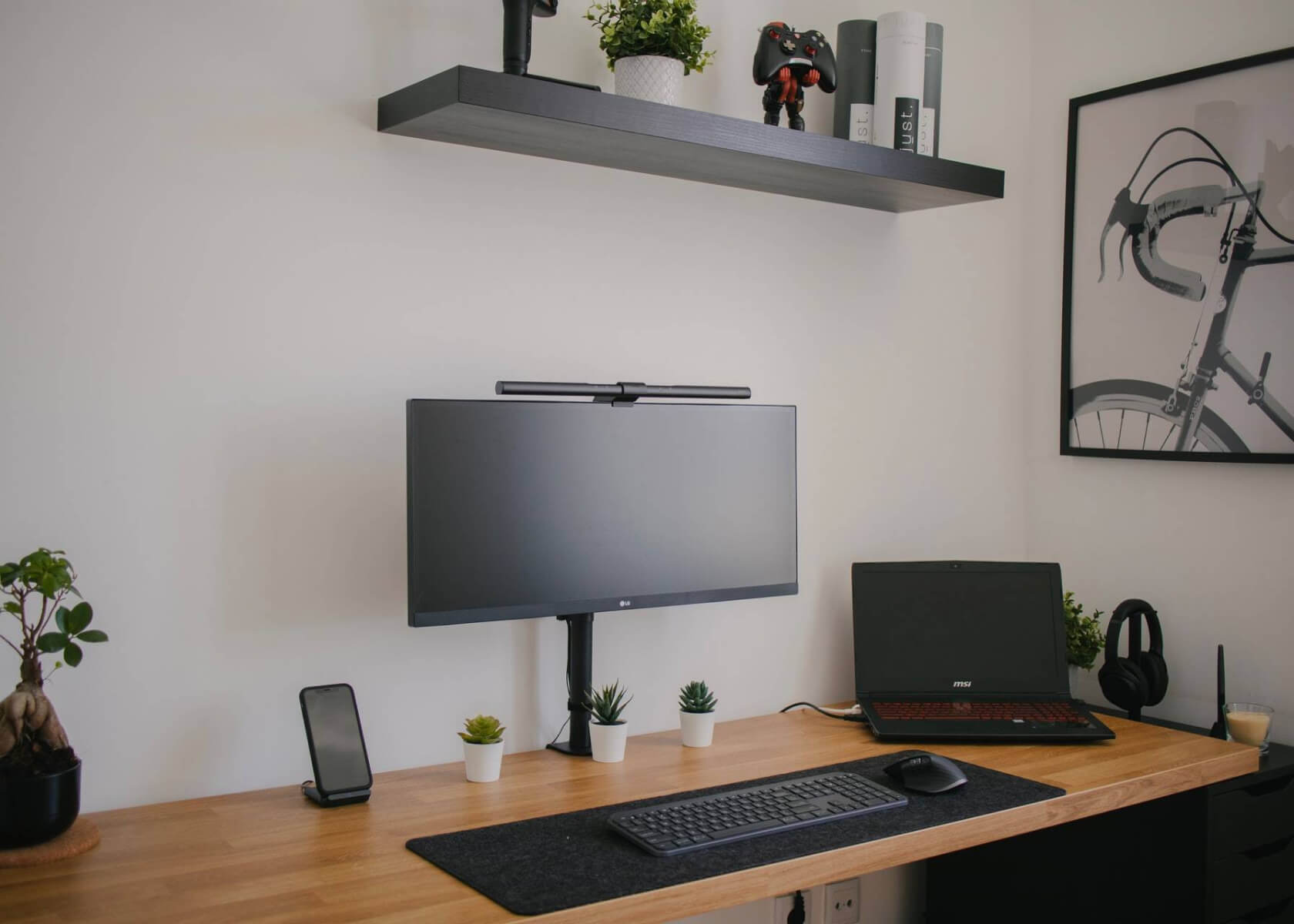Ultimate Guide: Add a Calendar to Your Notion Page for Seamless Scheduling and Time Management in Your Workspace

New to Notion?
How to Add a Calendar to Your Notion Page for Scheduling, Event Tracking, and Time Management within Your Workspace
Notion is an all-in-one workspace that allows you to organize both your personal and professional life efficiently. One popular feature is the ability to add a calendar to your pages, making it a powerful tool for scheduling, event tracking, and time management. In this article, we will walk you through the current steps to add a calendar to your Notion page and highlight some of the key features and benefits of this functionality. For more tips and examples, check out Event Tracking and Workspace Templates.
Step 1: Create a New Page or Select an Existing Page
Start by creating a new page or selecting an existing page where you want to add your calendar. This could be your main Dashboard, a project-specific page, or any workspace page where a visual overview of your schedule would be beneficial.
Step 2: Add a New Database
With your page ready, click the "+" button or type /database to open the block menu. Select "Database – Full Page" or "Database – Inline" depending on your layout preference. This action creates a new database on your page.
Step 3: Choose the Calendar View
Once your database is created, click on the view dropdown (which usually defaults to “Table”). Select "Calendar" from the available options. This switches your database layout to a calendar format where each entry is placed according to its associated date property.
Step 4: Customize the Database Properties
Customize your database properties to fit your needs. You might add properties such as:
- Event name
- Date
- Time
- Location
- Description
To add a new property, click the "+" icon next to the "Properties" header in your database. Ensure you set the "Date" property correctly since this field drives the calendar view.
Step 5: Import Existing Calendar Data (Optional)
If you have calendar data from another source (like a CSV file or a Google Calendar), you can import it into Notion. Click the three-dot menu in the upper right corner of your database and select "Import". Follow the prompts to map fields and complete the import.
Step 6: Add Events to the Calendar
To add events manually:
- Click directly on a date within the calendar view.
- Or, click the "+" icon at the top of your page and fill in the event details.
Utilize the database properties you set up in Step 4 to include all relevant information for your events. This method gives you a quick and organized way to populate your calendar.
Step 7: Customize the Calendar View
Notion offers several customization options for your calendar view:
- Change the color scheme of entries.
- Adjust the layout.
- Choose which properties to display by clicking the three-dot menu at the top right of the calendar and selecting "Properties".
These settings allow you to tailor the calendar interface to your preferences and improve your workflow.
Step 8: Utilize Calendar Filters
By default, your calendar displays all events. Use filters to narrow down the view based on criteria such as:
- Date range
- Specific labels or tags
- Other custom properties added to the database
Filters help you focus on particular events or time periods, making it easier to manage specific tasks or projects.
Step 9: Collaborate and Share the Calendar
Notion is designed for collaboration. You can share your calendar with colleagues, team members, or external collaborators:
- Click the "Share" button in the top right corner of your page.
- Adjust the sharing settings to define who can view or edit the calendar.
This collaborative functionality ensures that everyone stays on the same page, whether planning events, tracking due dates, or managing projects.
Step 10: Enjoy the Benefits of Your Notion Calendar
By adding a calendar to your Notion page, you can now:
- Easily schedule and track events.
- Visualize your time commitments.
- Manage tasks more effectively.
Notion's calendar feature provides a versatile and intuitive interface that seamlessly integrates with other elements in your workspace. For more calendar examples and setup ideas, take a look at Notion's GTM Calendar Template.
In conclusion, adding a calendar to your Notion page is a powerful way to boost your productivity. By following these updated steps, you can create a customized calendar within your Notion workspace, providing you with a clear, visual representation of your schedule and helping you stay organized and productive.


